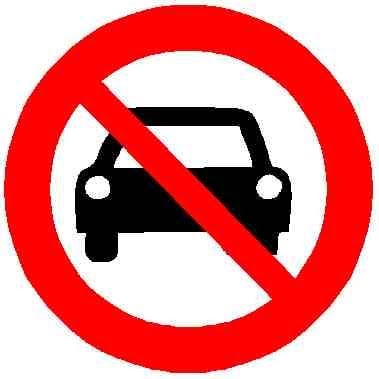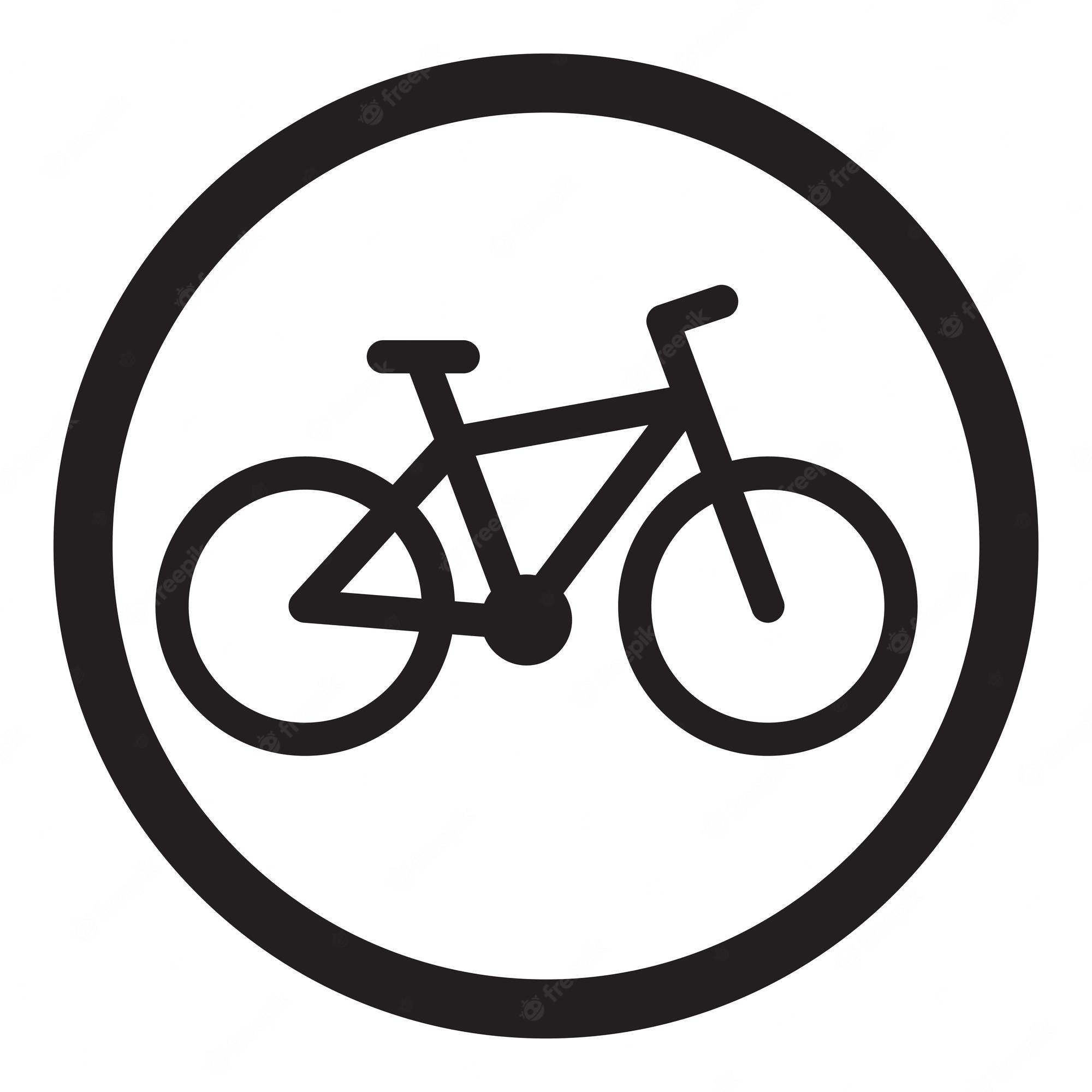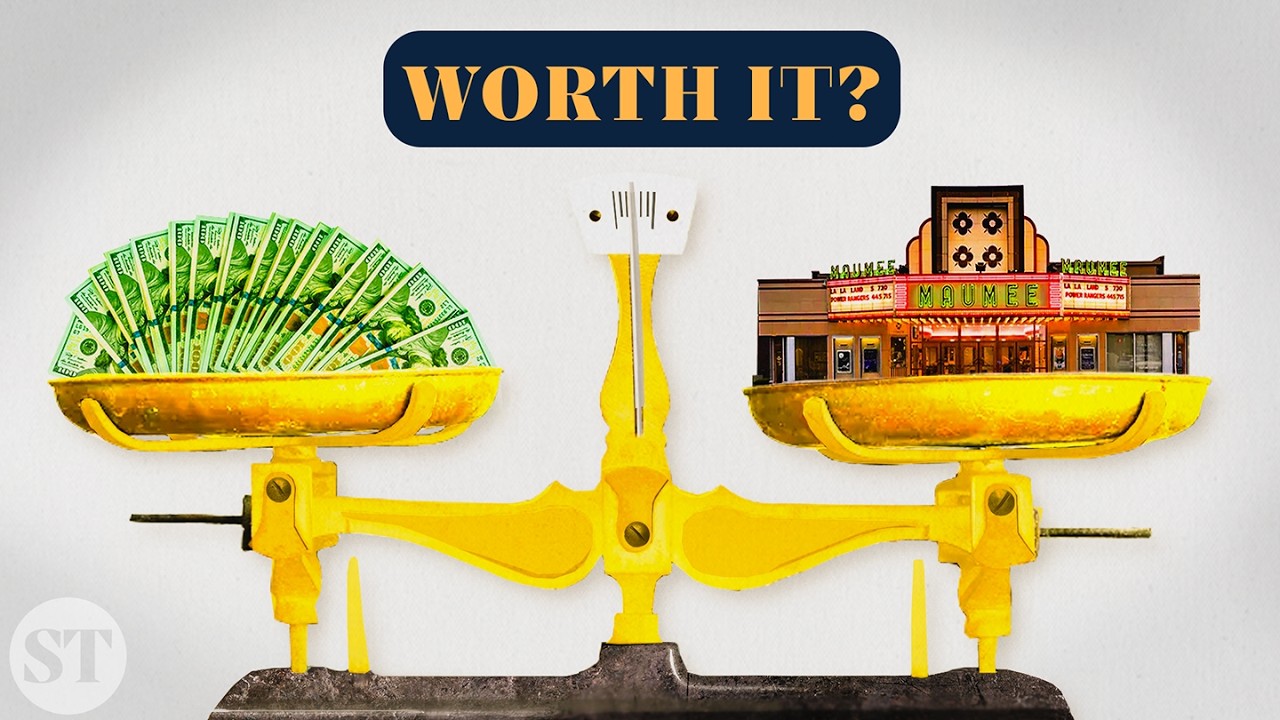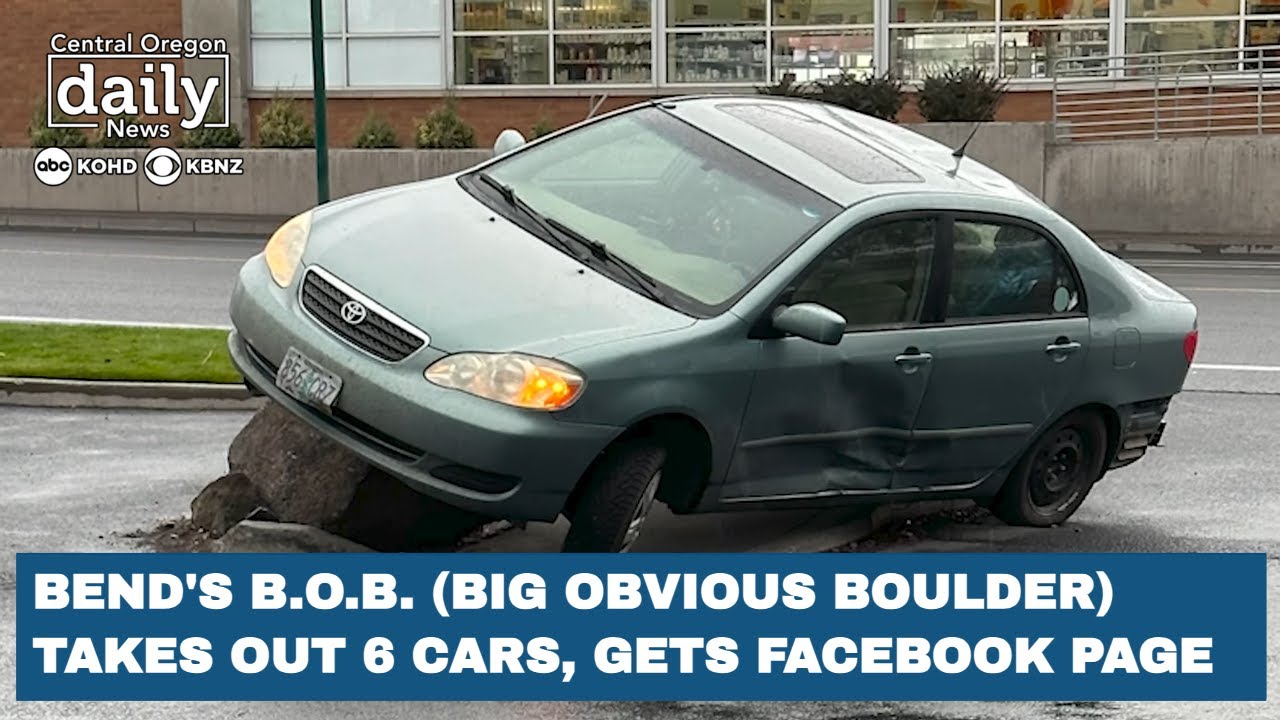
I feel pretty safe with all this but it still honestly scares the crap out of me riding at 30+mph with cars.
30mph is pretty cooking. I only get up to those speeds when I’m riding downhill (thanks 18% grades). If you can, especially when not on the road with cars, try slowing down a bit. A 20mph collision (or allision) is much safer than at 30.
At 30mph speeds, definitely look at motorcycle gear. Illuminate your bike (good rear and front lights). Consider a mirror on your handle bars or helmet. Maybe take some online courses on how to ride a motorbike and translate it to your fat bike.
FortNine did a nice little short about this space, though mostly so folks stop pestering motorcyclists about the danger on the roads. The reality is the cars are the danger for both motorized bikes and pedal bikes. Defensive techniques are your only option.








A similar situation to me then. The speed really picks up when going downhill, especially on a heavier bike like an ebike! I’ve done 45 mph on my recumbent without any effort. At least I was keeping up with the cars!
I have one more recommendation then: stress test your brakes! I’ve burned up a few sets of pads, even bluing out a set of rotors. Breaking power drops as the rotor temperature gets higher (“fade”) and I’ve nearly lost all my brake power before. You know, like at the end of a hill where there’s a busy intersection controlled only by stop signs. Fun.
Make sure you can stop with plenty of brake power left at the bottom of your hills. If you find it lacking, then consider harder pads and the associated rotors that can handle the pads. Mountain bike pads, semi for full metallic, are a good place to look. Careful with the extra hard pads (full metal/ceramic) because they must be matched with a rotor that can handle such a hard compound.